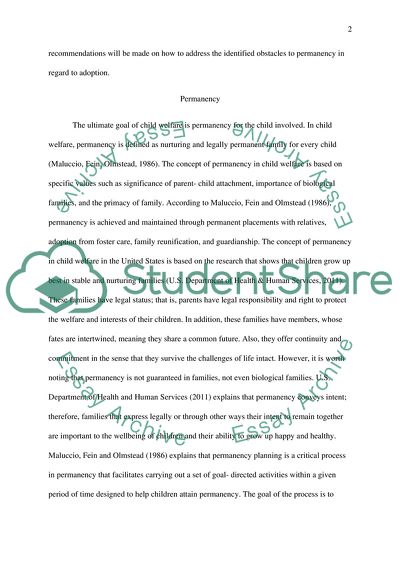Cite this document
(Child Welfare in NYC Essay Example | Topics and Well Written Essays - 1500 words, n.d.)
Child Welfare in NYC Essay Example | Topics and Well Written Essays - 1500 words. https://studentshare.org/family-consumer-science/1765199-child-welfare
Child Welfare in NYC Essay Example | Topics and Well Written Essays - 1500 words. https://studentshare.org/family-consumer-science/1765199-child-welfare
(Child Welfare in NYC Essay Example | Topics and Well Written Essays - 1500 Words)
Child Welfare in NYC Essay Example | Topics and Well Written Essays - 1500 Words. https://studentshare.org/family-consumer-science/1765199-child-welfare.
Child Welfare in NYC Essay Example | Topics and Well Written Essays - 1500 Words. https://studentshare.org/family-consumer-science/1765199-child-welfare.
“Child Welfare in NYC Essay Example | Topics and Well Written Essays - 1500 Words”. https://studentshare.org/family-consumer-science/1765199-child-welfare.


